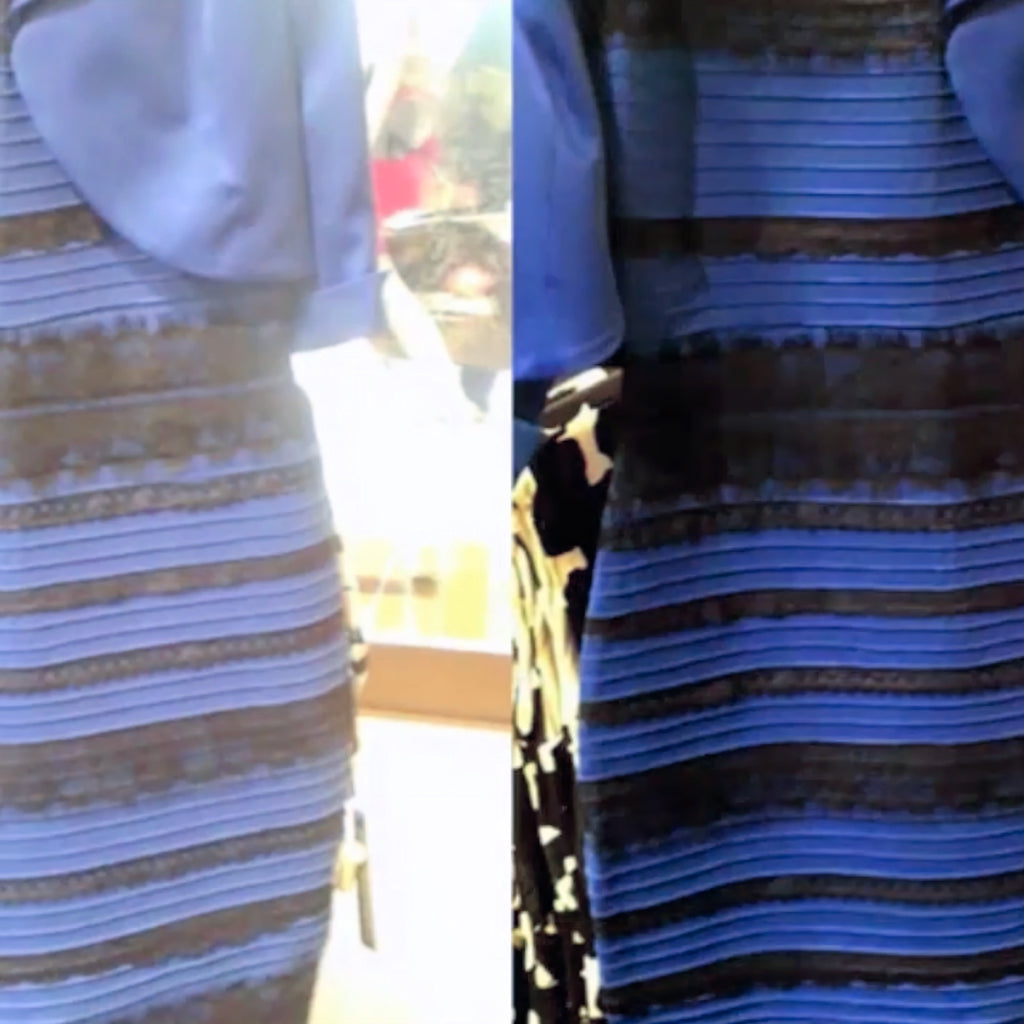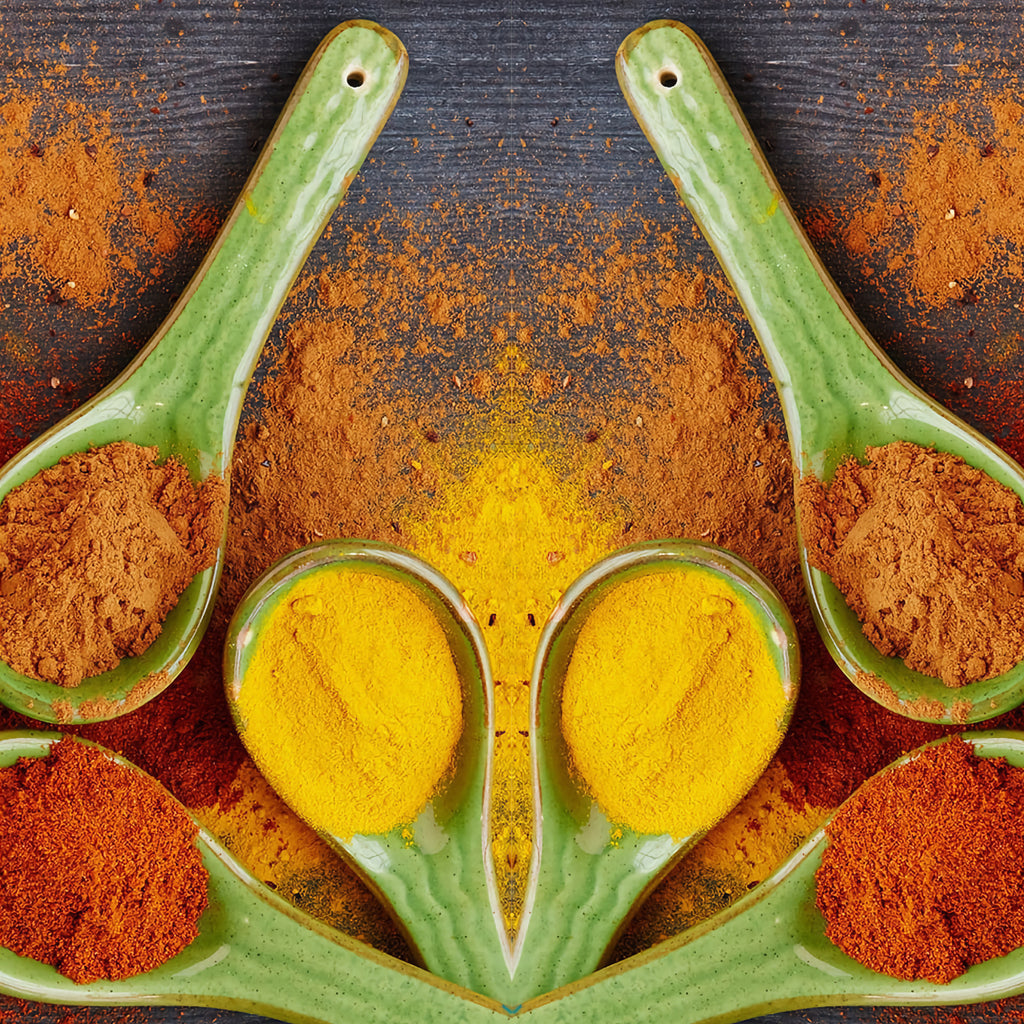The art of differentiated reproduction of white tones without ultraviolet radiation...
In various posts here on the danholt lighting BLOG, I have explained the meaning of the various TM-30 metrics and how lighting designers and users can be guided by them.
However, the TM-30 is also useful for other players in the lighting world, including the manufacturers themselves. Designing a light source is often about trade-offs - for example, we can decide whether to focus on lumens (lumens/watt) or colour rendering. It's crucial that the metrics we use to evaluate these trade-offs are as accurate as possible so that valuable product features, rather than abstract numbers, are optimised.
Today I would like to use the
SORAA Vivid full spectrum LED as an example of how such trade-offs can determine the design of a product.
The
SORAA Vivid series strives to reproduce white and all colours of the visible spectrum equally naturally - exactly as they would appear under a natural light source with the same colour temperature (CCT) (halogen, sunlight...).
SORAA's full spectrum technology combines a violet boost and three other phosphors, resulting in a naturally uniform spectrum. By carefully balancing the individual spectra, the full spectrum of natural, visible light can be maximised, as shown in Fig. 1.
This results in natural colours, which are measured by a high value of the TM-30 colour fidelity index Rf: With the right tuning, for example, Rf = 95 can be achieved.

Fig.1 Natural sunlight can be approximated very well with SORAA's full spectrum approach, resulting in a high colour fidelity index Rf. Here, the individual peaks of the violet booster and the three phosphors (blue, green, red) are superimposed to generate the full spectrum.
So far, however, one crucial question remains unanswered:
How do we achieve a clear and differentiated reproduction of white tones?
Why do white tones differ from colours at all?
This is because many white materials contain so-called fluorescent, whitening substances, optical brighteners.
These substances absorb the invisible, ultraviolet light and emit bluish, visible light instead. Our eyes, in conjunction with the brain, register this as an increase in whiteness.
Optical brighteners are omnipresent: they are found in many manufactured white materials (fabrics, paper, plastics...) and are also naturally present in our teeth. They are responsible for this absorption of ultraviolet radiation and conversion to blue.
Even though we all like the bright, clear white, in most applications we do not want the harmful UV radiation that makes it possible to perceive these white tones.
Conventional LED products naturally avoid UV radiation - but this means that they do not stimulate the brighteners and always make white objects look yellowish and dingy.
SORAA has found an elegant solution to this problem:
It turns out that optical brighteners can also be excited by harmless violet light - not ultraviolet light - at a carefully chosen wavelength. The trick that SORAA uses to reproduce natural white is to replace the UV light typical of sunlight with the right amount of simple violet light:
The whiteners or optical brighteners are then excited exactly as they would be under natural light with UV detail.
Fig. 2 illustrates this relationship:

Fig. 2 Halogen and incandescent light excite white colours due to their "UV tail". In an intelligent LED design, this can be imitated with a peak of violet light, which also excites the optical brighteners. In this way, the harmful effects of UV radiation are completely avoided.
How can this effect be expressed in figures? It is somewhat surprising that there is no stringent answer to this question. This is partly because the majority of the lighting industry, which uses LEDs with a "blue" source and has no way of determining the degree of whiteness, is completely unaware of this issue.
And furthermore, to be clear, the colour rendering metrics (including CRI and TM-30) say nothing about white rendering!
This means that a source can have a very high Rf or CRI but terrible white rendering.
Fortunately, the underlying colour science is quite well understood and it is possible to derive a metric that measures the rendering of white objects in analogy to the colour rendering index Rf.
Based on internal research and academic collaborations, SORAA has done just that and developed the white rendering metric Rw. As you would expect, the Rw value for natural light is around 100.
And this shows the compromise I promised you. To achieve the best colour fidelity, we should get as close as possible to the shape of the natural spectrum - but, to achieve the best white fidelity without UV, we need to add some violet light - not ultraviolet light - to the spectrum, which then deviates from its natural shape!
In short, we are faced with an antagonism between the homogeneous reproduction of colours and the entire spectrum versus the white tones. Precise measured values are crucial here, because this compromise should be as good as possible.
With the help of Rf and Rw, the spectrum of the SORAA Vivid light sources was designed to get the best of both worlds.
This was achieved by optimising the wavelength and intensity of the violet boost in relation to the spectra of the three phosphors. To achieve better performance, special attention was also paid to another TM-30 index, Rfh1. This parameter, which measures the red rendering, is the modern and better equivalent of the CRI R9. In fact, the rendering of red tones is very important for our perception - Rfh1 is therefore at least as important as Rf, perhaps even more so.
As a result, SORAA Vivid delivers very high values in all metrics: Rf = 91, Rfh1 = 95 and Rw = 100. It is a stroke of luck that this particular compromise could be found and optimised without losing the essential aspects of a full spectrum light source.

Fig. 3 TM-30 colour patches with colour distortion metrics. On the left, a SORAA Vivid with high colour fidelity and high white fidelity (Rw). Right: Seemingly almost identical, a standard LED with a high CRI has a high Rf value but does not reproduce any white at all, Rw = 0 - not recognisable with the TM-30.
For comparison, let us now look at an LED source (Fig. 3, right) that has been "naively" optimised for colours only: The colour fidelity could reach Rf = 95, but the white fidelity would drop to Rw = 0. If this example sounds too dramatic, let me remind you that this is exactly what every (blue) high CRI booster LED, which makes up the vast majority of products on the market, does!
As anyone who has looked at a white shirt under a SORAA Vivid LED and under a competitor LED comparatively can attest... the difference is striking!
I hope that these insights will give you some decision criteria:
1. designing a light source is a multi-layered and challenging task, mixing technical and physical aspects as well as subjective perception.
2. accurate measured values are important because they are the design tool with which we can ultimately make and subsequently validate decisions.
Conclusion: Don't just pay attention to a single measurement, but to a variety of indicators that are relevant to your application, such as overall colour fidelity, reproduction of red tones and gradations of white.
The complete range: SORAA Full Spectrum LED
Book a free consultation appointment now!
Continue reading














